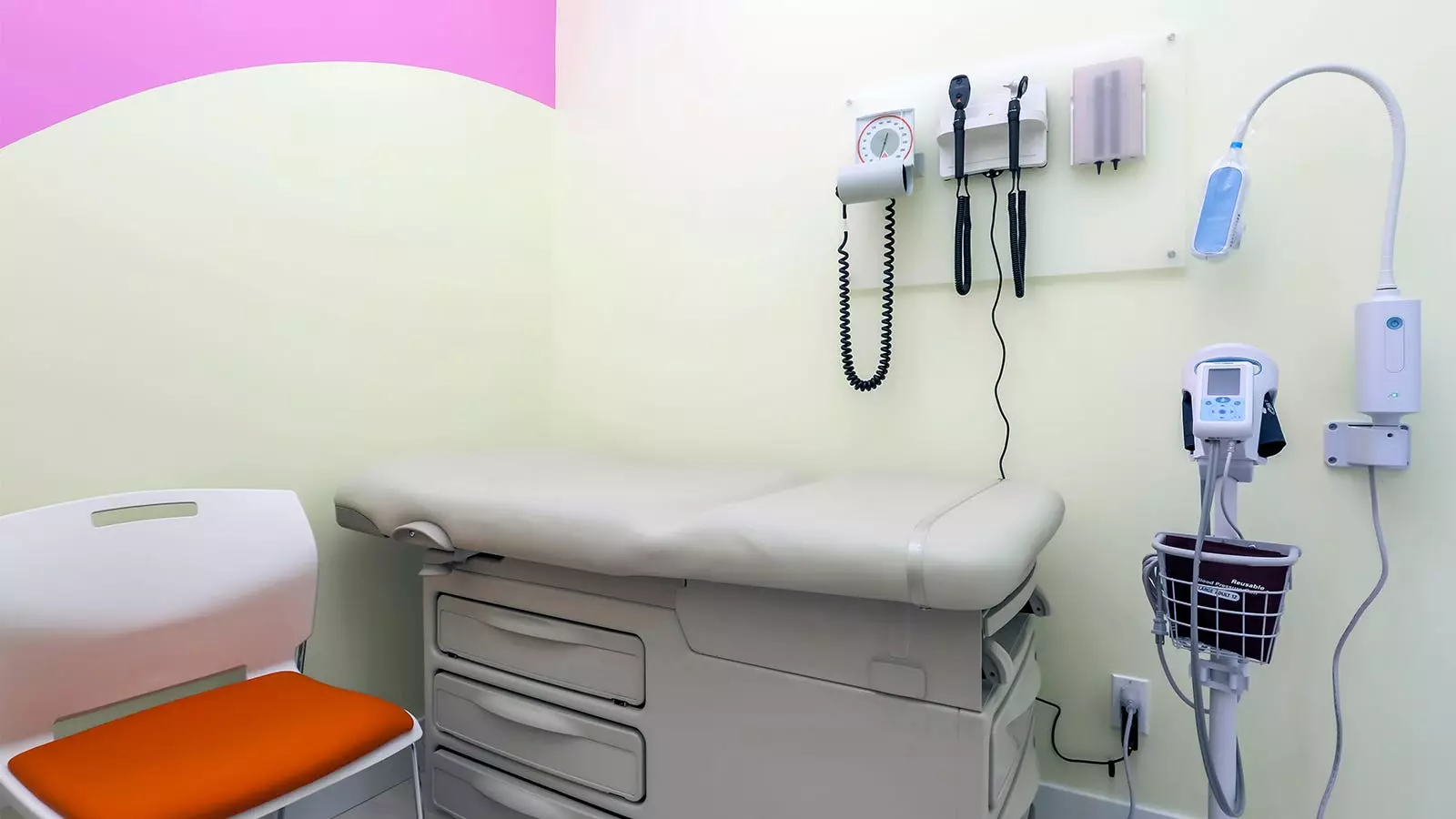In the contemporary landscape of healthcare, patient visits often kick off with a routine of entering usernames and passwords into a computer system. This common practice is not mere formality; it signals the commencement of a checklist-driven protocol that dominates medical encounters. Quality measures, which have burgeoned into the primary criteria that shape reimbursement from insurance companies, define success in healthcare settings with a clinical precision often devoid of personal interaction. As practitioners focus on fulfilling these measures, such as ensuring that vaccinations are up to date or conducting necessary screenings, the essence of patient care risks becoming overshadowed by the metrics driving the industry.
The Centers for Medicare & Medicaid Services (CMS) has introduced an expansive menu of 788 quality measures as of 2020. For physicians, this exhaustive list manifests in routine clinical visits, transforming potentially meaningful conversations into mechanical check-ins. While these measures aim to standardize patient care and improve health outcomes, they inadvertently strip visits of the human connection that patients often yearn for. The traditional inquiry, “How have you been feeling lately?” or “What are your main worries?” is frequently sidelined in favor of predetermined quality metrics that leave little room for open dialogue.
The clinical environment should serve as a sanctuary where patients feel encouraged to share their concerns and experiences. Yet, as the healthcare system leans heavily on quality measures to dictate the course of each visit, the opportunity for building trust and connection with patients dwindles. Physicians find themselves transformed into mere checkbox validators, trapped in a role that prioritizes efficiency and compliance over empathy and understanding.
This disconnection is not only frustrating for the doctors who strive to foster meaningful relationships, but also for patients who come seeking more than just a diagnosis or a series of tests. The exam room is a unique space for collaboration, where patients should feel safe discussing difficult topics. However, the prevalent focus on fulfilling quality criteria can create an intimidating atmosphere, leading patients to suppress crucial information that could significantly impact their health outcomes.
While quality measures undoubtedly play a role in enhancing patient care, it is essential to seek a balance that does not compromise the core of the physician-patient relationship. Quality measures can coexist with compassionate care, but only if we rethink their implementation in clinical settings. Routine inquiries should organically arise within the context of a conversation, rather than as an obligation to complete a checklist.
A transformative approach might involve delegating the responsibility for quality measure compliance to support staff before appointments, thereby allowing physicians to focus on holistic care during visits. Utilizing online portals, texting, and email to remind patients of necessary screenings and preventive measures can alleviate the burden of these checkboxes during consultations. These strategies not only streamline the process but also encourage patient engagement in their own health journeys.
To foster a culture that values interpersonal connection alongside quantifiable measures, changes in the reimbursement structure may be necessary. Insurance providers, including private companies and government-funded programs, have the power to influence how care is delivered. By maintaining quality goals that encompass the nuanced aspects of healthcare—such as communication skills and clinical reasoning—payers can promote a more patient-centered approach.
Consideration of alternative reimbursement models that prioritize comprehensive care rather than transactional interactions could empower physicians to allocate their time and resources where they are most impactful. Annual payment structures reflecting a patient’s projected primary care needs, rather than payment for individual services, may allow for deeper engagement between doctors and patients.
It is crucial to acknowledge that not all vital aspects of medical care are easily measurable. A patient’s ability to voice their struggles, disclose sensitive information, or express concerns about their health is paramount to delivering effective medical care. Physicians must reclaim the sanctity of the consultation room and engage earnestly with their patients, fostering an environment where all topics can be broached with care and attention.
As healthcare continues to evolve, it is imperative for practitioners to advocate for the human element in medicine. By prioritizing meaningful relationships over rigid compliance, physicians can deliver not only clinical excellence but also genuine compassion. In this way, we can hope to transcend a checklist-driven culture and create a healthcare paradigm that truly serves the needs of patients.

